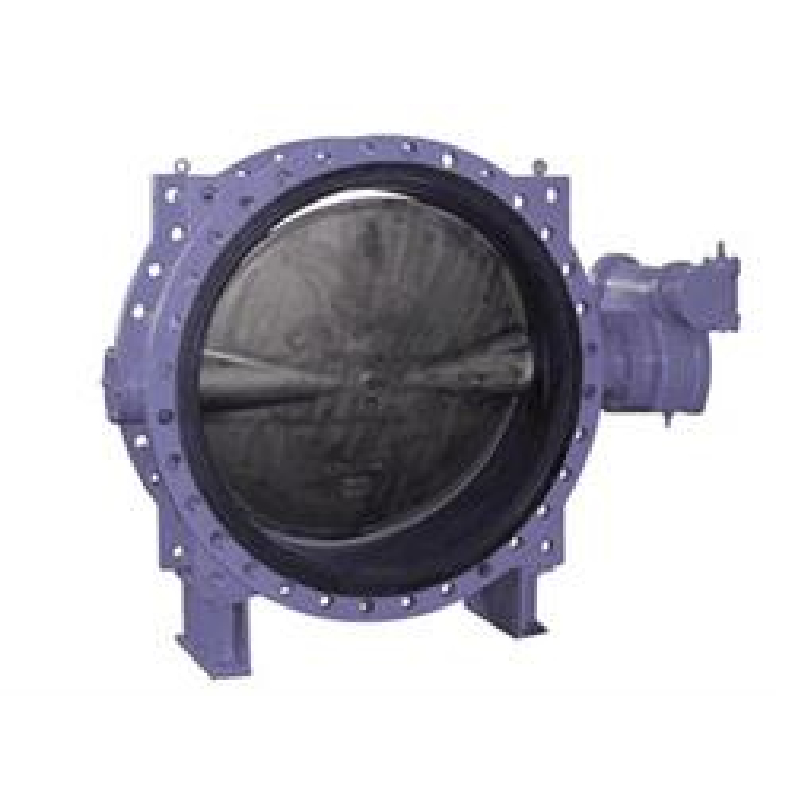nov. . 05, 2024 02:39 Back to list
sewage air release valve
Sewage Air Release Valves Essential Components for Wastewater Management
In the realm of wastewater management, the role of air release valves is often overlooked yet is crucial for the efficient operation of sewage systems. These small but mighty components are responsible for maintaining the proper flow and pressure within sewer lines, preventing major infrastructure issues that can arise from trapped air and gas buildup. This article delves into the importance, operation, and maintenance of sewage air release valves, highlighting their significance in ensuring a reliable and efficient wastewater management system.
Understanding Air Release Valves
Sewage air release valves are devices installed in sewage systems, particularly in pipelines and manholes, to allow for the escape of accumulated air and gases. When wastewater flows through a sewer line, it can cause the formation of pockets of air, which may disrupt fluid flow and create pressure imbalances. If left unchecked, these air pockets can lead to a host of problems, including reduced capacity in the line, increased wear on the system, and, in severe cases, backflow or pipe ruptures.
The Importance of Air Release Valves
The primary function of air release valves is to ensure the smooth and efficient transport of sewage. By allowing trapped air to escape, these valves maintain the appropriate atmospheric pressure in the system and facilitate the seamless flow of wastewater. This is vital not only for the functionality of the sewage system but also for the overall health and safety of the surrounding community and environment.
Furthermore, the release of gases, such as hydrogen sulfide, is another critical role played by air release valves. In sewer systems, gases can build up and, if allowed to accumulate, pose serious health risks and environmental hazards. By venting these gases, air release valves help to mitigate unpleasant odors and prevent potential toxic exposure to workers and residents.
How Do Air Release Valves Work?
sewage air release valve

Air release valves operate through a simple yet effective mechanism. Typically, they consist of a float and a valve seat. When air accumulates in a pipeline, the float drops, opening the valve. As the air escapes, the float remains down until the pressure inside the line equalizes. Once the pressure normalizes, the float rises and closes the valve, ensuring that sewage can flow unimpeded.
There are different designs of air release valves, including automatic and manual types. Automatic valves are more common and are designed to function without human intervention, continuously monitoring and addressing air buildup in the system. On the other hand, manual valves require operators to periodically check and release air, which can be less efficient but may be more cost-effective in smaller systems.
Maintenance of Air Release Valves
Proper maintenance of sewage air release valves is essential to ensure their longevity and effectiveness. Regular inspection is crucial to identify any signs of malfunction, such as leaks or blockages caused by debris or corrosion. Water accumulation around the valve area can indicate that it is not functioning properly. Therefore, maintenance schedules should include checking the valve components, ensuring they are clean, and replacing any damaged parts.
In addition, operators should be aware of the operational environment of these valves. Extreme weather, temperature changes, and the nature of the sewage can all impact valve performance. Implementing a proactive maintenance approach can help mitigate potential problems before they escalate, ensuring that air release valves continue to operate effectively.
Conclusion
Sewage air release valves might not be the most glamorous aspect of wastewater management, but their role is critical in maintaining system efficiency and safety. By allowing trapped air and harmful gases to escape, these valves help to ensure the smooth operation of sewage systems, protect public health, and prevent environmental hazards. Investing in quality air release valves and adhering to rigorous maintenance practices can save municipalities time and money in the long run, ensuring that our waste management systems function reliably for years to come.
Share
-
Reliable Wafer Type Butterfly Valves for Every IndustryNewsJul.25,2025
-
Reliable Flow Control Begins with the Right Ball Check ValveNewsJul.25,2025
-
Precision Flow Control Starts with Quality ValvesNewsJul.25,2025
-
Industrial Flow Control ReliabilityNewsJul.25,2025
-
Engineered for Efficiency Gate Valves That Power Industrial PerformanceNewsJul.25,2025
-
Empowering Infrastructure Through Quality ManufacturingNewsJul.25,2025